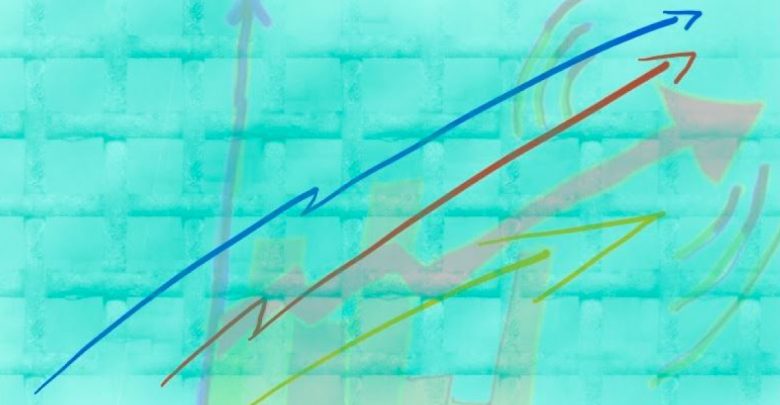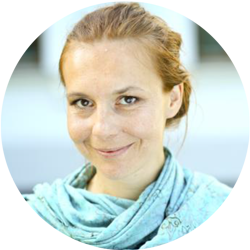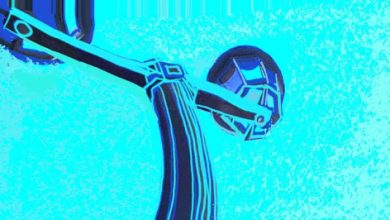Trainer is a learner—check your efficiency
It seems that learning readiness can not only improve but also decline. In this article we will guide you through reflection by supporting you as a trainer in the role of a learner.

Why did I choose this tool?
Training/seminar/conference is a massive learning field. The question is: are we ready to take advantage of it? Are we going to make it in a conscious, well planned way? By coaching many trainers, I have noticed that working time is very often a “black hole” in professional development. Trainers are so focused on work that they are forgetting about their own personal growth.
How does it apply to a trainer?
Each seminar, training, workshop, conference is not only a learning field for participants, but is also a powerful environment for our personal growth as trainers/facilitators.
Trainers need to be aware of their own predispositions as learners and their readiness to take on the additional challenge of being active learners themselves.
Content:
Before you enter a workshop as a trainer—check your self-efficiency as a learner.
Readiness to learn requires a commitment and supportive environment, it is not always the same.
There is a controversial conclusion stated by Nick Maddox, Monique Forte and Robert Boozer from Stetson University: “it appears that learning readiness may be declining rather than improving.”
Look at yourself: is your learning readiness declining or improving?
Looking back at ourselves as trainers we may notice that not during every training and event we were able to learn in the same effective way. Shani and Lau (2000) note that “self-learning is related to self-motivation, self-awareness, and self-control. It presupposes that learners are interested in learning. Further knowing oneself and having the ability for planning and a sense of commitment seem critical.” (Maddox, Forte and Boozer, 2000, p.275)
Looking broader, learning readiness may be reflective of individual self-efficacy in the learning context.
“Self-efficacy represents the generalized expectancies of success and competence an individual holds, as he/she approaches life in general and singular domains of experience in particular. Clearly, if a learner approaches learning with positive self-expectancies and with positive outcome expectancies, he/she is more likely to do well than someone with less positive expectancies in either domain.” (Maddox, Forte and Boozer, 2000, p.274)
Exercise:
So, before you enter the process of being a trainer, take a moment to reflect on your learner side.
- What is your motivation to learn being yourself in a role of a trainer?
……………………………………………………………….. - What positive self-expectancies as a learner do you have? ………………………………………………………………..
- What outcomes do you expect in terms of your personal growth? ………………………………………………………………
- What are your learning preferences in this particular moment?
………………………………………………………………. - How could you facilitate and monitor your own learning during the event you facilitate? …………………………………………………………….
As a second step make a personal action plan:
PERSONAL ACTION PLAN
| List learning goals | |
| 1.
2.
3. |
|
| Training as a Learning Field: | |
| List learning barriers during the training: | List strategies to address those barriers during the training |
| List learning opportunities during the training: | List strategies to address those learning opportunities during the training: |
| Specify Follow-up Plan | |
| Share plan with co-trainers, organizers, ask for support | |
Reflection questions:
- How do you usually reflect on the experience of your work as a trainer?
- What tools would you recommend to other trainers?
- Have you ever tried supervision, feed forward, or peer learning?
- Which exercise or question in final evaluation invites participants to give you feedback?




